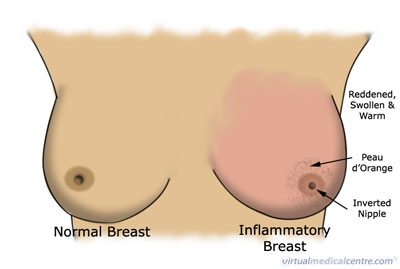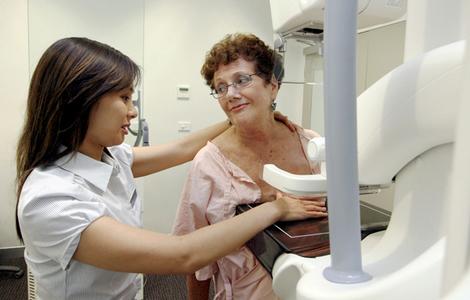By Vera Viner
Before Ralph Steinman, a doctor and scientist from New York-based Rockefeller University, died of pancreatic cancer, he had no idea that his life’s work and achievements were worthy of a Nobel Prize. However, the Nobel Foundation, unaware of his recent death, decided to honor him with the Nobel Prize on October 3, 2011, according to the New York Times.
Steinman was first diagnosed with pancreatic cancer in 2007 and, as many know, this particular disease has very little positive news to offer when it comes to long-term survival rates. The majority of patients – 80 percent – die within the first year, while 90 percent of the survivors die the following year.
Knowing that treatment for pancreatic cancer offered little hope, Steinman decided to perform one last experiment – on himself! His approach centered on immunotherapy and using his own body to defeat the disease. Steinman was looking to create vaccines made from his own plasma that would be able to only treat his particular type of cancer.
“Once he got diagnosed with cancer, he really started talking about changing the paradigm of cancer treatment,” Steinman’s daughter Alexis told The Times. “That’s all he knew how to do. He knew how to be a scientist.”
Steinman went on to have part of his tumor removed at the Memorial Sloan-Kettering Cancer Center. What happened next is truly miraculous. Colleagues of this scientist – located around the globe – each received a small specimen of the tumor to analyze and determine which drugs would be most beneficial to treat his pancreatic cancer. The tumor samples were sent as far Germany, Dallas, Texas and Toronto.
Steinman knew that every tumor that originated from the same site could still act very different, with some growing, others shrinking, some metastasizing and others staying near the same organ. Today, many researchers around the globe have focused on the genetics behind cancers to determine which treatments are best for particular patients.
Instead of using treatments meant for all patients within a particular category, physicians are now becoming more aware of individualized immunotherapy techniques that focus on each patient’s body and tumor. Some researchers have even focused on determining the genotype and biochemical pathways of tumor samples that have spread to different parts of the body, instead of the main site.
Steinman went on to sign up his tumor to be manufactured into three existing vaccines and then used each vaccine on his own body, spurring the immune system to respond and learn which cells are dangerous to his system. His T-cells began showing improvement, but a chemotherapy drug called emcitabine also treated his tumor effectively.
Steinman was able to live for years after many patients with pancreatic cancer died within months. It is possible the immunotherapies lingered on in his system and kept the tumor in check even after it grew further, thereby shrinking it after some time goes by.
“I mean, look at his course,” Daniel Coit, Steinman’s physician, told the news source. “The average survival even after a complete resection is measured in months, maybe a year and a half, and yet he kept going and going and going. You can’t help wondering if some of it had to do with this very innovative, novel approach.”
He did manage to live much longer than most with pancreatic cancer, but this aggressive disease eventually won. When the Nobel Prize committee found out that Steinman had passed away three days earlier, they considered all of their options.
Usually, if a person has been awarded the honor but dies before receiving it, the prize may still be awarded, according to UK-based publication The Telegraph. Steinman’s family received a portion of the money that was to be given to their patriarch and two other scientists.
The story of this noble man truly shows the significance of immunotherapies and vaccines in the fight against cancer.
References


































